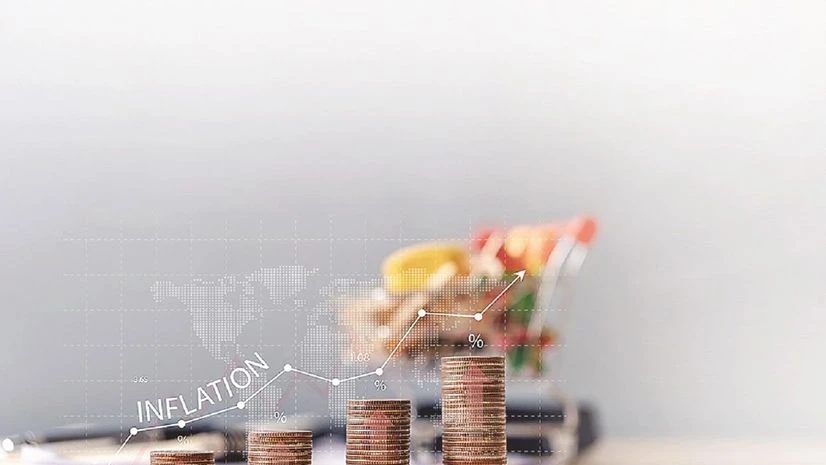Spurred by a massive increase in food prices, India’s retail inflation rate shot through the upper bound of the Reserve Bank of India’s (RBI’s) tolerance limit in July to a 15-month high of 7.44 per cent from 4.87 per cent in June, the data released by the National Statistical Office (NSO) on Monday showed. The numbers forced analysts to project the overshooting of the central bank’s inflation forecast for the September quarter and the possibility of a sustained rate freeze in the coming months.
The upside inflation surprise came days after the Monetary Policy Committee (MPC) of the RBI had unanimously kept the repo rate unchanged at 6.5 per cent and had maintained the stance “withdrawal of accommodation”, thus ignoring the expected spike in July retail inflation.
The MPC was of the view that prices would come down soon, and should be ignored even if the inflation projection for the second and third quarters was sharply increased.
As a result, the average inflation forecast for FY24 was revised to 5.4 per cent as compared to 5.1 per cent projected during the June policy and it had increased its July-September quarter retail inflation forecast by 100 basis points (bps) to 6.2 per cent.
In the meantime, the food inflation rate rose sharply to 11.51 per cent in July from 4.49 per cent in the previous month, as the prices of vegetables (37.34 per cent), cereals (13.04 per cent), pulses (13.27 per cent), spices (21.63 per cent), sugar (3.75 per cent), and fruits (3.16 per cent) accelerated.
Also Read
Holding food prices responsible for the high inflation, Madan Sabnavis, chief economist at Bank of Baroda, said though the rise in food prices was temporary, it took time for prices to come down.
“The area under sowing is lower for pulses and some oilseeds. That can spook prices further if there are shortfalls in output. The credit policy statement had mentioned that the RBI will be ready to act if conditions demand. The RBI will monitor not just the consumer price index but also the factors that are driving it up. This also means that a rate hike cannot be ruled out though the probability of that may be low,” he added.
Echoing similar views, Aditi Nayar, chief economist at ICRA Ratings, said the MPC’s forecast for inflation for the second quarter appeared to be at risk of being overshot because vegetable prices might not reverse adequately before the next harvest.
Rajani Sinha, economist, CARE Ratings, said: “If food prices continue to trend upward, the deflationary trend could end, and the wholesale price index could turn marginally positive in the coming months. Additionally, the uptrend in global crude oil prices, global edible oil prices, and uneven monsoon distribution domestically pose an upside risk to the outlook.”

)
